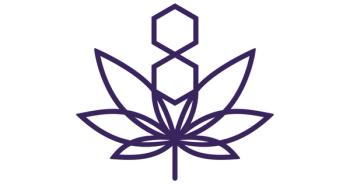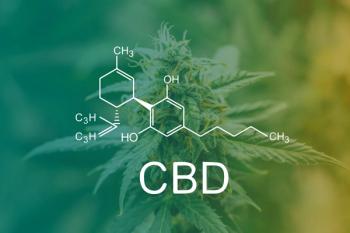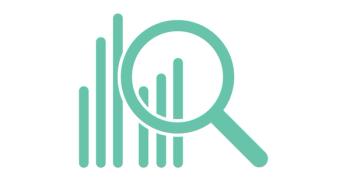
What the New Dosage Guidelines Mean for CBD
This article reviews several studies on CBD dosages and what they mean for consumers and the industry.
For such a large industry, there’s still very little evidence-based safety guidance when it comes to cannabidiol (CBD). For example,
This study is yet another step forward to legitimizing the industry with health- and science-focused application recommendations. Likewise, by suggesting daily limits, CBD dietary supplements can more readily include adequate and specific labeling around dosage for the consideration of special populations. Let’s explore.
Dosage Based on Estimates
In recent years, CBD dosage has largely relied upon estimates. Often, the absence of peer-reviewed research meant that industry experts could only suggest users ingesting the cannabinoid to “start low and go slow.” The common sense is to start with a few drops and work up in 5 mg increments to what feels best.
As more people take the compound for mental and physical health benefits, however, the industry requires more specific dosage guidelines.
Interestingly, science is beginning to back up these anecdotal benefits in the lab. For example, preliminary results from an ongoing clinical trial
Understanding the Daily Limit of CBD
In September 2023,
Following a comprehensive assessment, the study proposed an “acceptable” daily intake value for the general population of 0.43 mg of CBD per kilogram of body weight. This is the equivalent of 30 mg/day for a 70-kg adult. Nonetheless, this value applies to all individuals, including sensitive groups like children, over their entire lifetimes. It also includes CBD intake from various sources including food.
Additionally, the study proposed an “upper limit intake” suggestion for different kinds of adults. For example, taking into account reproductive effects observed in animal studies, adults actively trying to conceive, are pregnant, or lactating count an upper limit value of 70 mg per day. For adults at risk of liver injury and erring on the side of caution, the study suggests using dietary supplements with clear and accurate labeling at no more than 100 mg per day. Lastly, excluding those at risk for liver injury from the target population, 160 mg per day can be considered a safe upper limit for adults.
Ultimately, the recommended maximum limits intend to protect two elements of health. First, the liver. CBD is non-toxic, non-addictive, and non-lethal. Nonetheless,
Lessons for Producers, Consumers, and Regulators
This new dosage study will be very interesting to risk assessors and regulators in deciding the coming years in CBD. Likewise, it should inform the producers and consumers of this compound.
For producers, reliable output that’s tested for purity and potency is paramount. The nascent years of this industry have been marred by cowboy producers who don’t independently test the quality of their products. As a result, nearly half of the tested brands
For consumers, understand your health and what population you fit into. Then, dose accordingly. Buy reputable brands that publish their product test results. Brands that use organic hemp and high-quality production methods are also far less likely to contain byproducts like pesticides and heavy metals. In all, choose your products carefully with an eye on those who openly discuss green production, quality assurance, and third-party testing.
In conclusion, this study marks a significant milestone in establishing evidence-based
About the Author
Scott Mazza is the co-founder and COO of
Newsletter
Unlock the latest breakthroughs in cannabis science—subscribe now to get expert insights, research, and industry updates delivered to your inbox.




